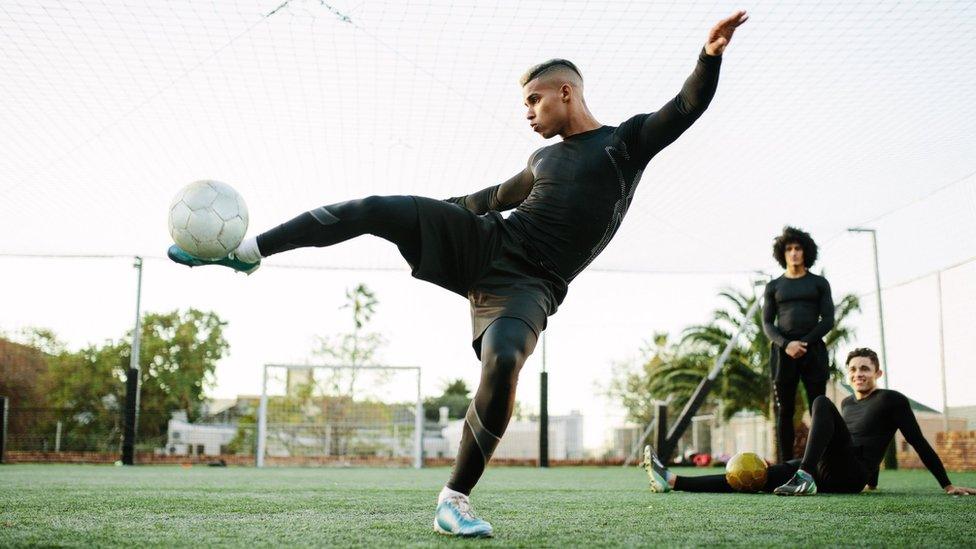Christian Eriksen: How tiny device led to his 'miracle' football return
- Published
Christian Eriksen says it is a miracle he is back playing football for Brentford
Danish international Christian Eriksen will return to the Premier League on Saturday, just eight months after he collapsed on the pitch at football's European Championship. The 30-year-old will be the first top-flight player fitted with an Implantable Cardioverter Defibrillator (ICD), which can reset the heart after a cardiac arrest.
"I was gone from this world for five minutes," Eriksen told the BBC in an interview this month.
Denmark were playing Finland in their opening game of the Euros last summer when one of the world's best midfielders suddenly collapsed.
He was given CPR, and an Automated External Defibrillator (AED) was used to reset his heart so it could pump blood properly again.
At the time it was suggested Eriksen's professional career could be over.
But after an operation to have an ICD fitted, he will now make his debut for his new club Brentford, against Newcastle, and is targeting a return to international football at the World Cup finals later this year.
How often do problems like this happen?
A cardiac arrest is subtly different from a heart attack, and occurs when blood stops pumping around the body as it should.
That can happen for a number of different reasons - when the electrical impulses that regulate heartbeats don't function properly, or when the walls to the heart become inflamed or damaged.
In young people, the underlying cause can either be genetic or acquired in some way - after an infection or an allergic reaction to a medication, for example. Very rarely, the cardiac arrest can be a one-off with the reason never properly identified.
Heart problems affecting young professional athletes are unusual but not unheard of.
Eriksen's collapse came nine years after Fabrice Muamba's near-fatal injury at Tottenham and 19 years after Marc-Vivien Foe tragically lost his life, external in Lyon.
They are the high-profile cases.
But outside professional sport, a sudden cardiac arrest kills 12 people a week under the age of 35 in the UK, according to Cardiac Risk in the Young (CRY), one of the highest causes of death in that age group after suicide and accidents.
The charity's chief executive Dr Steve Cox says: "80% of deaths in young people occur with no previous symptoms whatsoever. The vast majority of cardiac arrests happen outside of sport, when people are asleep or at rest."
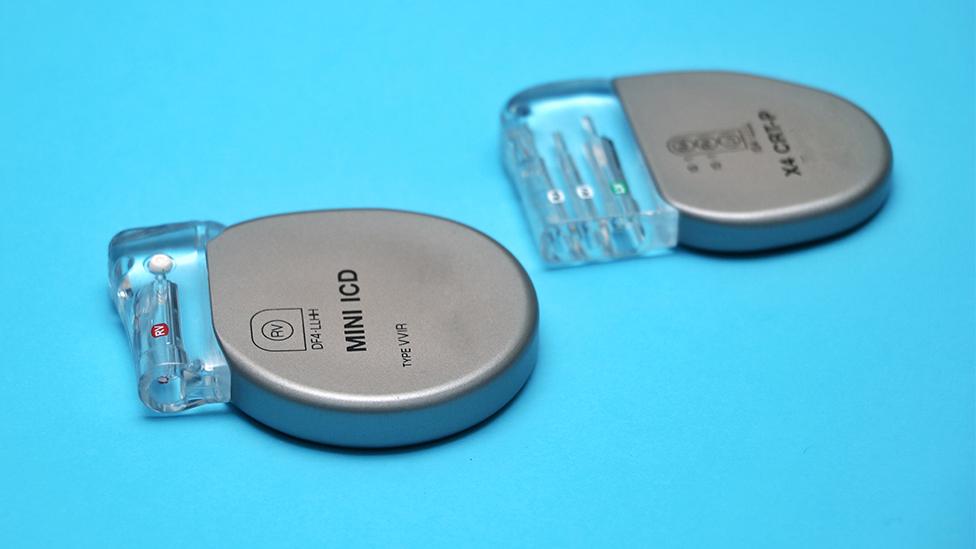
An Implantable Cardioverter Defibrillator or ICD (left) is normally fitted beneath the skin or the muscle in the chest.
Eriksen has said there was no history of a heart condition like this in his family and, like other top-flight footballers, he was tested regularly throughout his career.
Is there any treatment?
A few days after he collapsed, Eriksen was fitted with an ICD - a device about half the size of a mobile phone with thin wires leading to the area around his heart.
There are two main types of ICD.
One is fitted under the skin, usually near the armpit, and acts like a mini defibrillator.
"We call it a shock box," says Dr Michael Papadakis, a reader in cardiology at St. George's, University of London. "It looks after your [heart] rhythm and, if it detects a very fast, life-threatening irregularity, it will shock you out of it and jump-start the heart,"
The other main type of ICD is usually fitted in the space just below the collarbone and, like a pacemaker, can also send a regular electrical signal if it detects the heart is beating too slowly.
Batteries usually last between six and 10 years and can be replaced under local anaesthetic.
Does it stop you from playing sport?
Up until 2015 doctors were still advising people with an ICD not to attempt anything more strenuous than a game of golf.
New research has changed that.
A team from Yale University followed 440 athletes competing with ICDs over four years,, external checking in every six months to see if they had experienced any adverse event.
About 10% received a shock from their device while playing sport, after it detected an abnormal heart rhythm. But there were no examples of the ICD failing, and none of the athletes in the study suffered an injury or died as a result of a sports-related cardiac event.
"The risk is low," says Yale cardiologist Prof Rachel Lampert, who led the study. "We can't say all athletes [with ICDs] should do vigorous sports, but our data show that many can participate with confidence that the device is going to work."
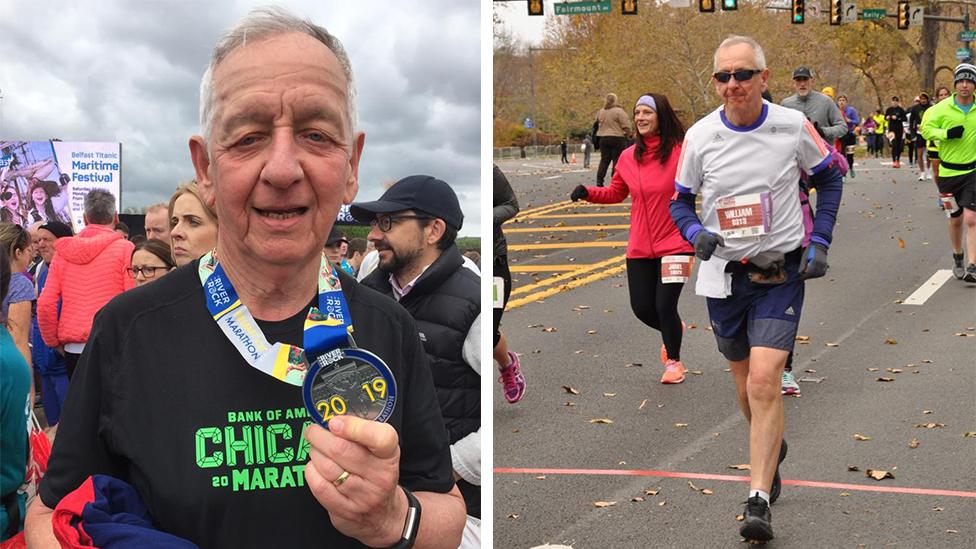
71-year-old Bill Kerr has completed 12 marathons since collapsing after a cardiac arrest in 2012
In 2012, Bill Kerr, a keen amateur runner from Market Harborough, collapsed suddenly while at work and needed to have an ICD fitted.
Since then the 71-year-old has completed another 12 marathons - the fastest in four hours and 15 minutes, just 20 minutes slower than before his cardiac arrest.
"My [heart] consultant said that being fit saved my neck and the worst thing would be to become sedentary. So I worked my way up and eventually began to trust the device," he said.
"After a few months you are not even conscious of it and it just becomes part of you."
In terms of individual risk, much depends on the damage done to the heart before the problem has been identified.
Bolton midfielder Muamba decided to retire on advice from his doctors, but others have continued to play with an ICD - including Daley Blind for the Netherlands national side and his club Ajax.
The rules do vary in different countries.
Eriksen had to leave his previous club, Inter Milan, because the Italian Football Association prevents anyone playing at amateur or professional level with the device fitted.

Christian Eriksen in action against Finland on 12 June 2021, the day of his cardiac arrest
What about screening?
England's Football Association has been running a heart screening programme for many years now, along with the England and Wales Cricket Board, Lawn Tennis Association and other sporting bodies.
An electrocardiogram is used to check the heart's rhythm and electrical activity, while an echocardiogram or ultrasound can look at the structure of the heart itself to see if there are any defects.
Every player at England's 92 Premier and Football League clubs is now tested when they sign their first professional contract, and again at the ages of 18 and 20.
A study led by a team at St George's, University of London, and published in 2018, found that roughly one in every 260 adolescent players screened was found to have a condition which could put them in danger of sudden death. Those identified can often be treated or given lifestyle advice to try to reduce their risk.
"I am an avid supporter of [heart] screening but, just like breast cancer screening, it cannot detect all cases or prevent all sudden cardiac deaths," said Dr Papadakis. "And that's where the emergency response planning and defibrillators come into play."
100,000Defibrillators registered in UK
60,000Non-hospital cardiac arrests a year
10%Overall survival rate
50-70%If defibrillator used quickly
Since the Euros last year, the Premier League said it has made more than 2,000 external defibrillators available to grassroots football clubs in England and Wales - the same device that helped revive Eriksen when he collapsed on that pitch in Copenhagen.
The Danish footballer told the BBC he hopes that rising awareness, along with that extra funding, will prevent other young players suffering the same sort of traumatic experience in the future.
"It's a good thing from a bad thing that happened," he said. "People are now more acknowledging and more capable of being able to save someone. So I hope it's turning into something positive that will save a lot of people who are in the same situation as me."
You can follow Jim Reed on Twitter., external
Related topics
- Attribution
- Published13 June 2021

- Attribution
- Published10 February 2022

- Published3 February 2022
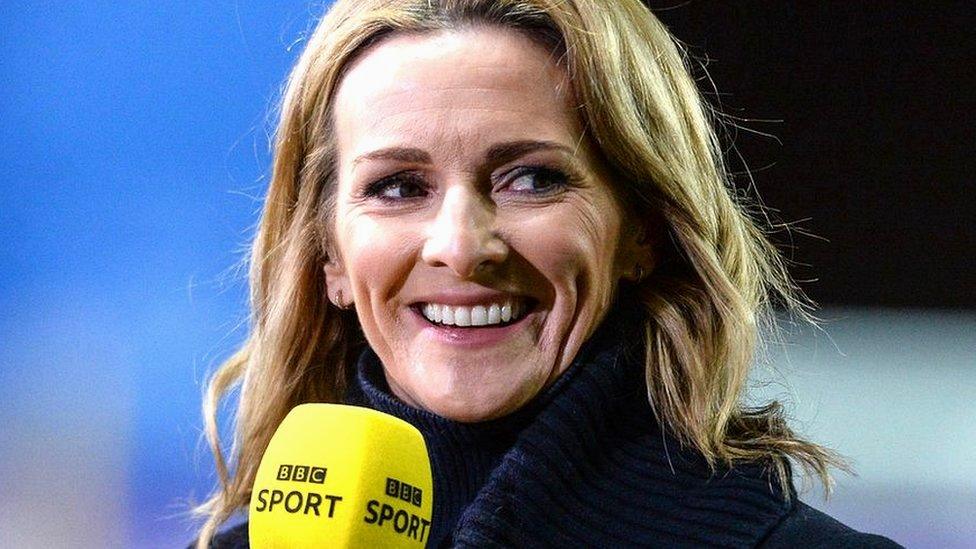
- Published15 June 2021
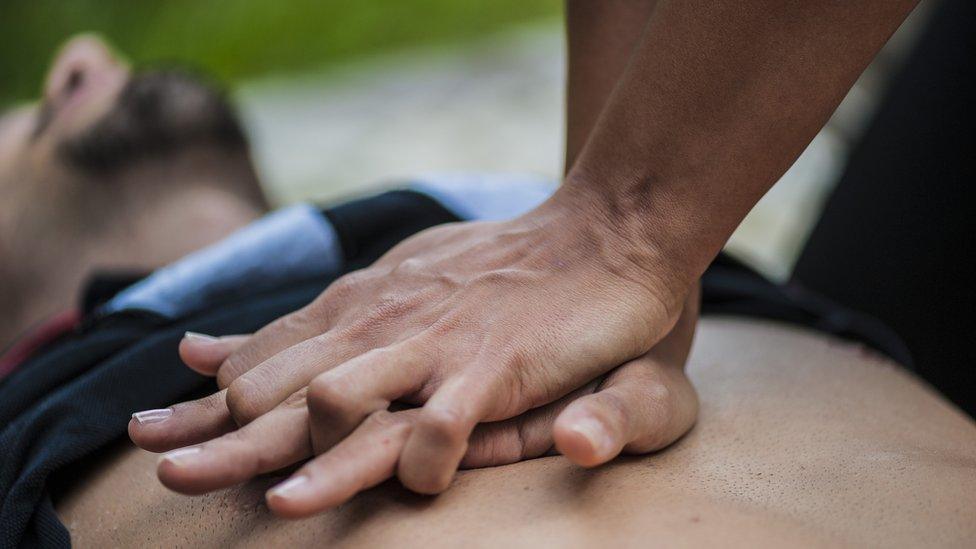
- Published8 August 2018
